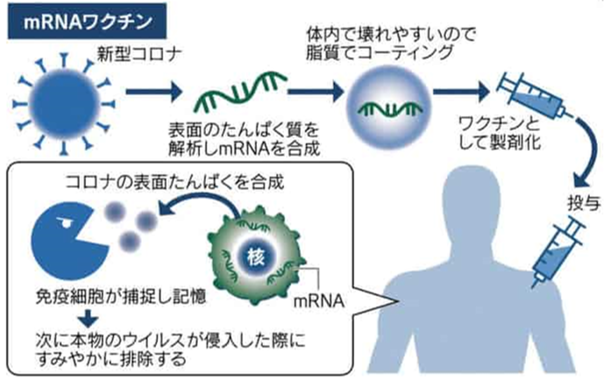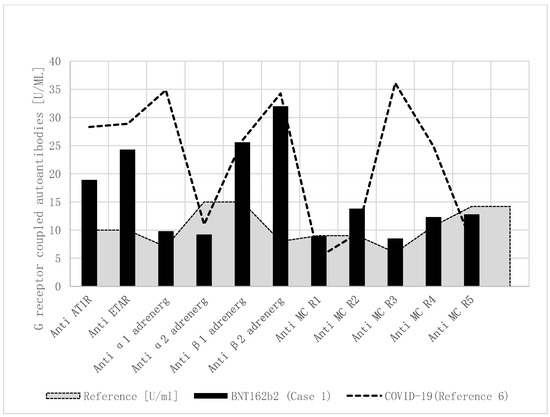Autoantibody Release in Children after Corona Virus mRNA Vaccination: A Risk Factor of Multisystem Inflammatory Syndrome?
Multisystem inflammatory syndrome (MIS) is a new systemic inflammatory acute onset disease that mainly affects children (MIS-C) and, at a lesser frequency, adults (MIS-A); it typically occurs 3–6 weeks after acute SARS-CoV infection. It has been postulated and shown in adults that MIS may occur after SARS-CoV-2 vaccination (MIS-V). Our current case is one of the first published cases with a multisystem inflammatory syndrome in an 18-year-old adolescent after the SARS-CoV-2 vaccine from Pfizer/BionTech (BNT162b2), who fulfills the published level 1 criteria for a definitive disease: age < 21 years, fever > 3 consecutive days, pericardial effusion, elevated CRP/NT-BNP/Troponin T/D-dimeres, cardiac involvement, and positive SARS-CoV-2 antibodies. The disease starts 10 weeks after the second vaccination, with a fever (up to 40 °C) and was treated with amoxicillin for suspected pneumonia. The SARS CoV-2-PCR and several antigen tests were negative. With an ongoing fever, he was hospitalized 14 days later. A pericardial effusion (10 mm) was diagnosed by echocardiography. The C-reactive protein (174 mg/L), NT-BNP (280 pg/mL), and Troponin T (28 pg/mL) values were elevated. Due to highly elevated D-dimeres (>35,000 μg/L), a pulmonary embolism was excluded by thoracal computer tomography. If the boy did not improve with intravenous antibiotics, he was treated with intravenous immunoglobulins; however, the therapy was discontinued after 230 mg/kg if he developed high fever and hypotension. A further specialized clinic treated him with colchicine and ibuprofen. The MIS-V was discovered late, 4 months after the onset of the disease. As recently shown in four children with MIS-C after SARS-CoV-2 infection and a girl with Hashimoto thyroiditis after BNT162b2 vaccination, we found elevated functional autoantibodies against G-protein-coupled receptors that may be important for pathophysiology but are not conclusive for the diagnosis of MIS-C. Conclusion: We are aware that a misattribution of MIS-V as a severe complication of coronavirus vaccination can lead to increased vaccine hesitancy and blunt the global COVID-19 vaccination drive. However, the pediatric population is at a higher risk for MIS-C and a very low risk for COVID-19 mortality. The publication of such cases is very important to make doctors aware of this complication of the vaccination, so that therapy with intravenous immunoglobulins can be initiated at an early stage.











